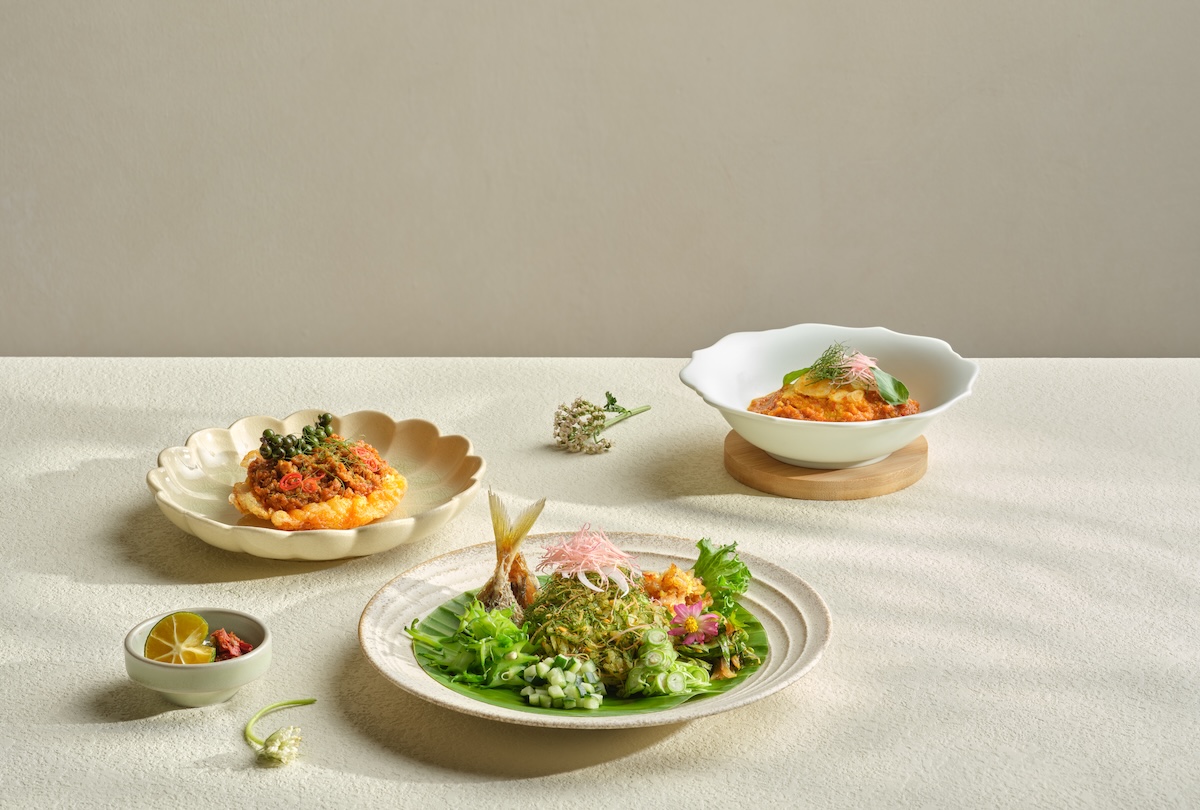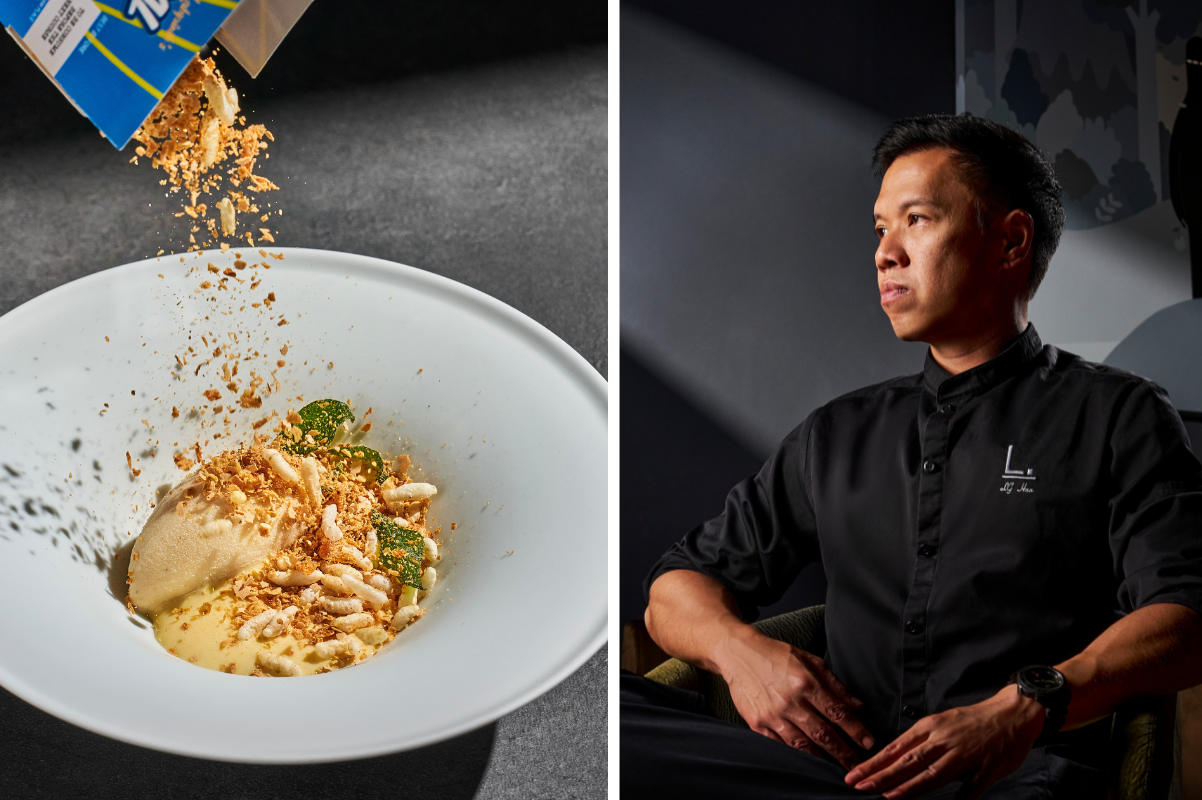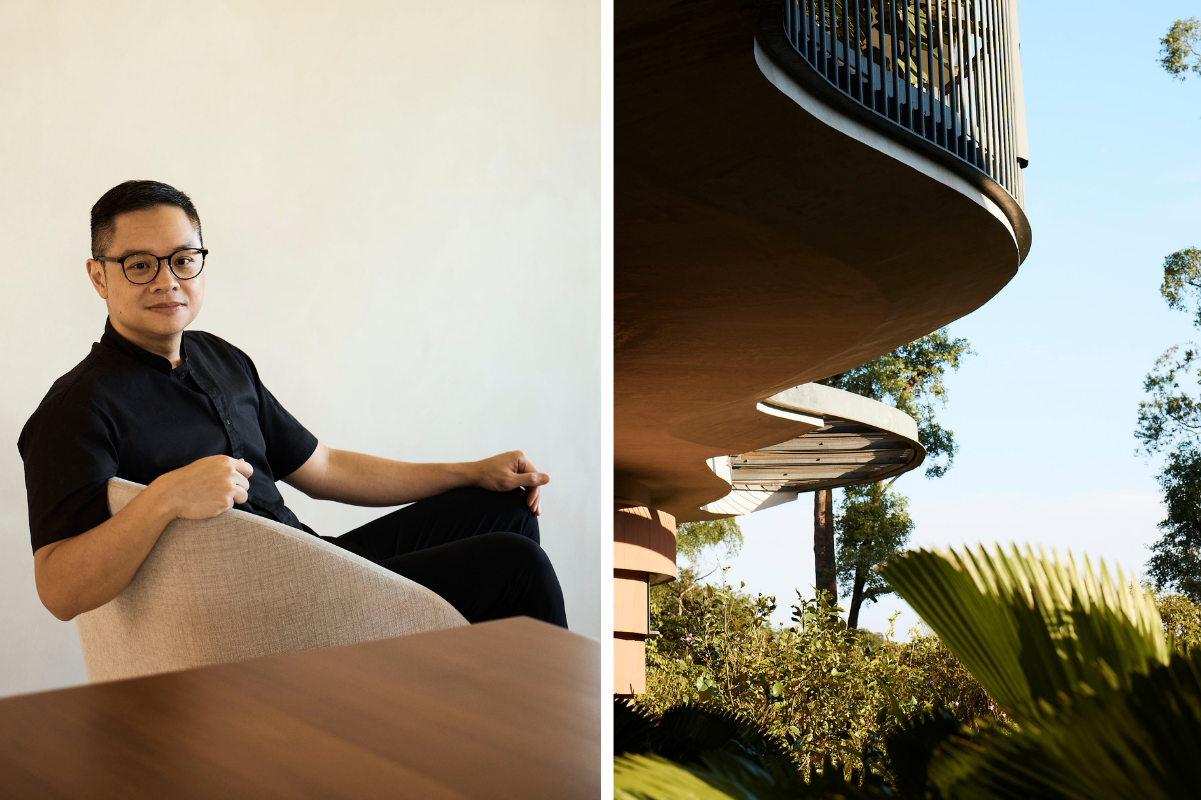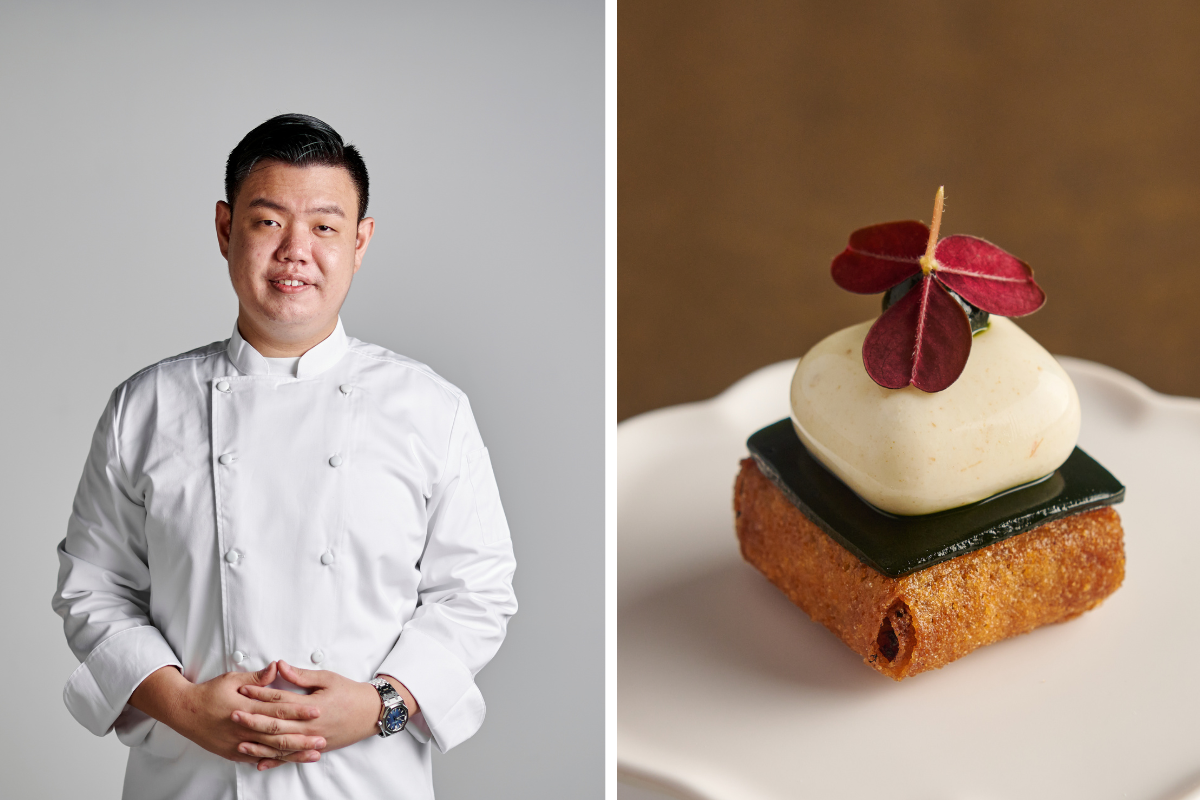Two decades ago, Singaporean chef Willin Low coined the term Mod-Sin when he opened Wild Rocket on Mount Emily. The restaurant, which closed in 2018, pioneered dishes rooted in familiar flavours but reframed with a contemporary edge – laksa pesto spaghetti, for instance, captured the spirit of his approach.

Today, a younger generation of chefs has built on this foundation. They are digging deeper into culinary memory, blending heritage and innovation to reimagine Singapore’s diverse food landscape.
At these five restaurants, expect a polished exploration of the Malay Archipelago, immigrant cuisines and home-style dishes. From Peranakan fine dining to inventive riffs on hawker classics, they are redefining what heritage cuisine can mean.
Labyrinth: Memory on a plate
At one-Michelin-starred Labyrinth, chef Han Li Guang calls his philosophy “Singapore cuisine without borders”. His menus champion local produce while weaving in influences from Malay, Indian and Eurasian traditions. Since opening in 2014, the restaurant has surprised diners with playful creations such as chendol xiao long bao and chilli crab ice cream.

For Han, food is memory. His hae mee tng (prawn noodle soup) is reconstructed as handmade egg noodles tossed in prawn sauce, topped with raw Italian gambero rosso prawns and paired with a triple-layered broth. Kaya toast appears as a tea-infused meringue, while indigenous ingredients like the wild herb ulam raja (sourced from Edible Garden City) feature prominently. Labyrinth’s commitment to locality extends beyond the plate – floral centrepieces come from This Humid House, tableware from local artisans and the walls display Han’s personal art collection.
Pangium: Reviving long-forgotten recipes
Set within the UNESCO-listed Singapore Botanic Gardens, one-Michelin-starred Pangium is chef Malcolm Lee’s tribute to the region’s heirloom dishes. Unlike his more classical Candlenut, Pangium allows Lee to experiment, presenting dishes such as pang susi (Eurasian sweet potato buns) and nasi tehe tehe (sea urchin rice), an ode to the sea-dwelling Bajau Laut community, here elevated with bafun uni, Hokkaido scallops and sambal rice.

The restaurant also resurrects near-vanished recipes, like sagun, a coconut glutinous rice snack, served with coconut ice cream. For Lee, the mission is clear: “Our goal is not just to recreate heritage dishes but to preserve stories.” Diners discover a living archive of Singapore’s food history – equal parts research, craft and revelation.
Belimbing: New-gen Peranakan flair
Belimbing, from The Lo & Behold Group, offers a youthful take on Peranakan flavours under 33-year-old chef Marcus Leow. Opened in April 2024, the 45-seat restaurant delivers three- and five-course menus (from $58) that balance accessibility with sophistication.

Leow describes his food as “familiar yet surprising”; he transforms buah keluak into sambal, laksa leaves into pesto and candlenuts into unexpected textures. Ingredients are fermented, brined or aged in-house, while refined proteins take the spotlight: aged shima aji, wagyu ox tongue cured with chinchalok and Spanish octopus folded into a reimagined rojak. “The dishes evoke nostalgia,” Leow says, “but they taste refreshingly different too.”
Seroja: Celebrating the Malay Archipelago
Ranked #40 on Asia’s 50 Best Restaurants 2025 and named after the lotus flower, Seroja explores the shared culinary heritage of Singapore and Malaysia. Helmed by Port Klang-born chef Kevin Wong, the 24-seater honours the traditions of the Malay Archipelago while challenging creative boundaries.

Seroja’s commitment to sourcing is meticulous: rice from Sarawak’s Lun Bawang tribe, wild honey from Borneo and local herbs from a purveyor in Geylang Serai Market. The menu is paired with inventive non-alcoholic brews like fizzy oolong tea with lemon oil shrub, alongside its award-winning wine list. “Our role,” Wong says, “is to connect communities through food, to honour our shared traditions while pushing creativity forward.”
Po: Exploring intersecting cultures
Set in a historic godown from the 19th century along the Robertson Quay riverside, Po at The Warehouse Hotel has been serving modern Singaporean cuisine since it first opened in 2017. This year, under the direction of head chef Desmond Yong, the menu is delving deeper into local traditions, unearthing rare recipes from Nanyang heritage cuisine, created when Chinese, Malay and Indian communities came together and adapted their cooking to local ingredients in Singapore’s early years as a trading port.

The new menu examines these cross-cultural influences, presenting them in contemporary dishes that feature familiar spices, flavours and a sense of place. A prime example of this is the babi tohay, Iberico pork slowly braised in a house-fermented krill and red rice paste, then wok-friend with prawns. It is a heritage dish that came from a friend’s grandmother’s personal cookbook and has been lovingly revived at Po by chef Yong. He says: “Nanyang cuisine, like our signature popiah, is built from many ingredients and cultures — distinct on their own but combined into something greater together. This menu is about honouring that balance: the sweet, the savoury, the spicy, the tangy, all drawn from Singapore’s rich culinary heritage.”
For more information on Singapore Airlines’ flights to Singapore, visit singaporeair.com.


